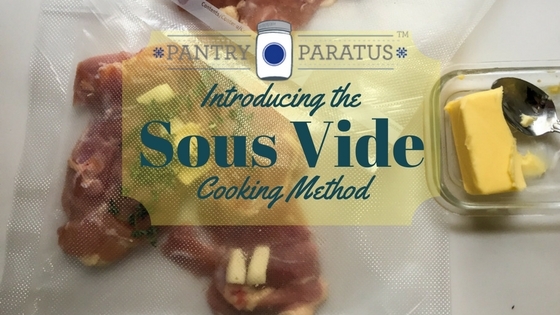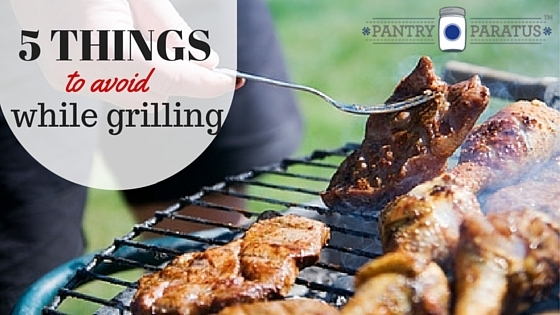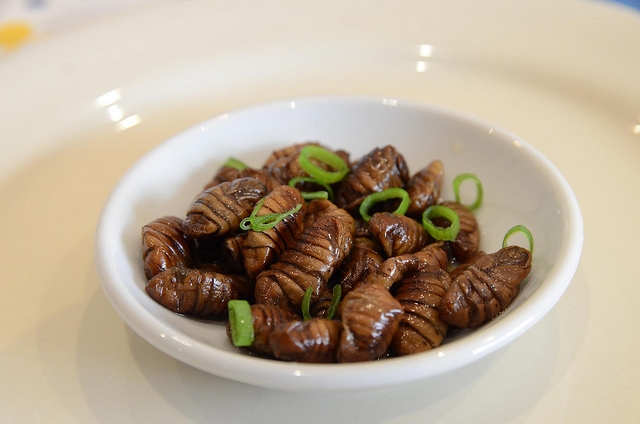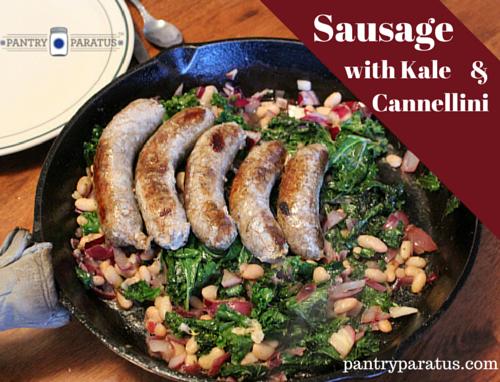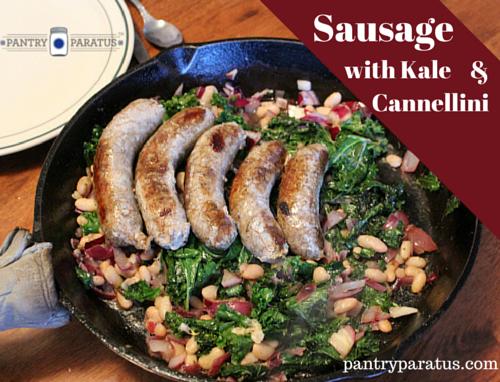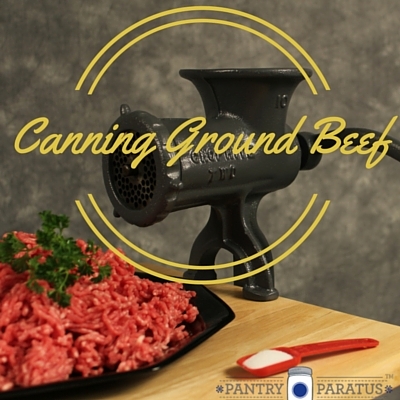
Canning Meat ? Yes!
Using Tattler Lids for meat canning
Home canning meat, especially ground beef, is a simple process. The canning of meat is unlike acidic tomatoes because you will need to use pressure canner. Pressure canning beef is the only safe way to do it, since water bath canning does not get to a high enough temperature to keep meat (and other nonacidic foods) safe.
We had a meat sale here at the local grocery store, and I wanted to try to duplicate the results from Patrice Lewis’ post about Tattler reuseable canning lids on her blog on meat canning. I highly recommend getting grass fed meat where you can, but for this post I am just using the prepackaged grocery store fare.
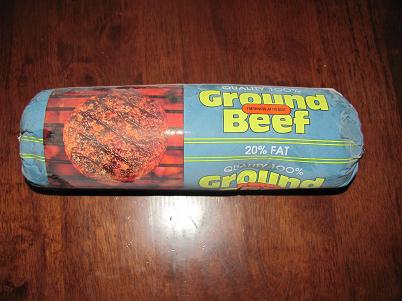
In full disclosure, I used 6 lbs ground beef because it was what was on sale—Patrice Lewis used ground beef because,
“ . . . it’s meat, so it requires a high processing time in a pressure canner. And, it’s greasy and nasty and would thus put the maximum amount of stress on the lids.”
Agreed! Since onions were also on sale (“genius!”) I chopped up two onions into chunks and put them right into the pot. The onion outer skin (along with any other vegetable scraps in our house) goes out to the compost bin.
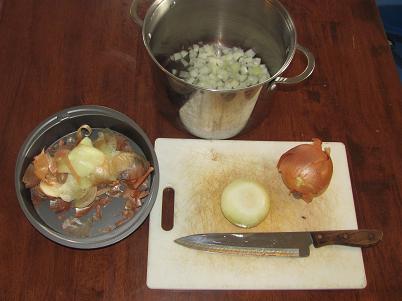
I added salt and pepper to taste as well as parsley. How much parsley? Well to quote my Italian aunt, “There is no such thing as too much parsley.”
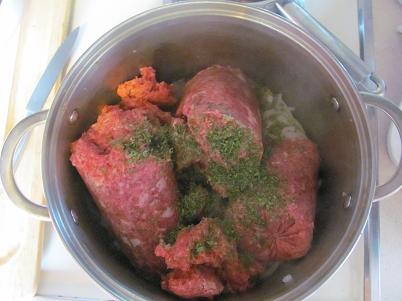
There are many canning recipes for meat, but I prefer to keep this one simple especially when I am trying to get everything prepared for winter. After browning the meat, I load it into the canning jars with 1 ½” head space. It is best to use the hot pack method when home canning meat and fill any remaining space with boiling water up to the 11/2” head space mark..

In the interest of saving time, I am also prepping the All-American pressure canner with the lid off by warming up the water in the bottom of it. We personally use the venerable All American Model 921 pressure canner/cooker. It has the all metal seal and is built to be used for years and years. Anyone who is apprehensive about the rubber bullet (aka “pressure bomb” canners) that make up the bulk of the horror stories/urban legends revolving around pressure canner mishaps will be amazed at the engineering, craftsmanship and ease of use of the All American brand pressure canners. I fully intend to leave mine to my children as an heirloom because it is built that well. Did I mention that it is made in America?
For home meat canning, I recommend the Tattler Reusable Canning Lids. They work just as well as the lids that you can buy at the grocery or hardware store, but these are reusable and are American made. They stay in place well and the grease does not prevent a seal under the lids quite like it does with the metal ones. I put them in hot water for a few minutes before use. One question we get about the Tattler lids is, “Do I have to heat them up before I use them?” My answer remains the same, “I can with everything hot.” My lids, gaskets, canner, water, jars and what I am canning are all hot for safety reasons.
The instructions are printed right on the box and are easy to follow. Here is a pictorial:
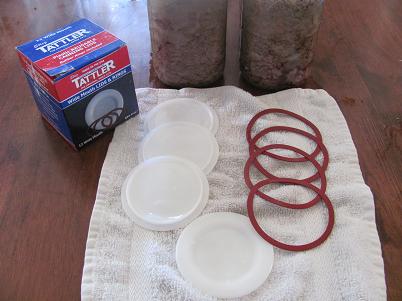
I religiously wipe off the rims of the jars before putting the lids on the canning jar.
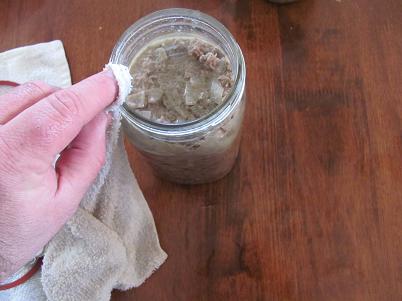
Apply the lids and rings. Following the directions on the box, the Tattler lids new instructions call for you to screw the lids finger tight—that is it. If you have any problems with these lids, it will be from omitting this step. If you screw them on too tightly, it does not allow air to escape.
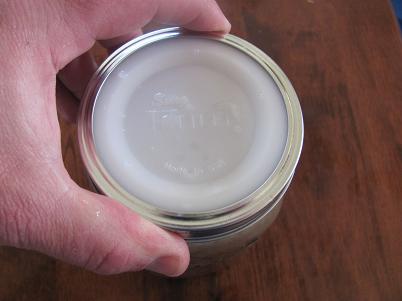
Then put the jars into the canner—simple. Note: the spacer at the bottom of the canner. The All American pressure canners come with a very good manual that Chaya and I have read and re-read a dozen times and have out on hand whenever we can (or “jar” if you will).
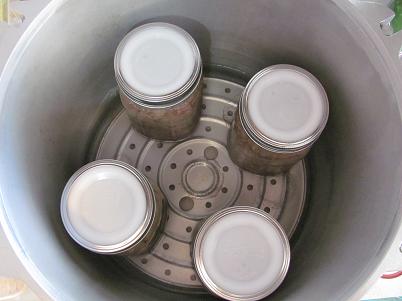
Follow the directions for your pressure canner and bring the unit up to boiling. For our All American Model 921 we wait seven minutes then apply the weight on the top spout. Note: without the weight, the canner is an “open system” and is not any different from any other pot with a tight fitting lid that you may already own. We live just over 2000’ altitude and can everything at 15 lbs of pressure.
Safety tip: When putting the weight on top, please use an oven mitt;
the steam emitted from the canner can burn you.
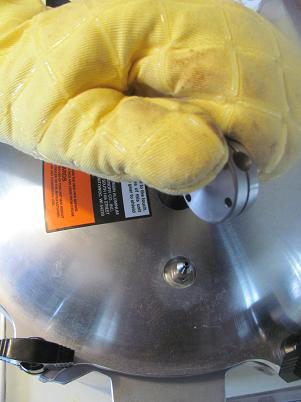
After processing for 90 minutes we now have four jars or just slightly short of 6 lbs of ground beef perfectly sealed under the Tattler lids. Since these are made of BPA free plastic they do not have the quintessential “ping” sound as they seal under the ambient atmospheric pressure. However, if you look at them from the side you can see if they are sealed or not. Chaya applies the “wiggle test”. She uses her thumb on the lid to see if it will push or give. If it does not budge, it is sealed. I have very few failures with Tattler lids. And I can pinpoint them to user error—either over-screwing on the ring, or failing to screw the ring on tightly afterwards, etc. If the lids are good enough for meat canning, then they are certainly good enough to can your other foods as well.
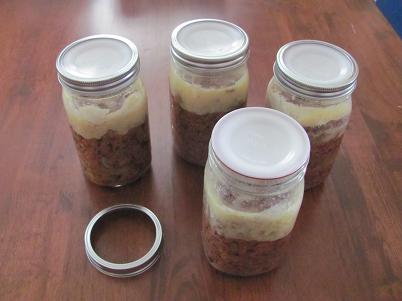
Once the jars are removed from the canner I prefer to let them set undisturbed. An old tip from days gone by is to flip the jars upside down; this seems to be controversial to some. I have done it both ways with success both ways.
Before I called this done, I removed the rings and washed the jars gently with dish soap because they will likely be greasy to the touch and have grease especially around the ring .
If you are new to canning, or just like to watch someone who really knows what they are doing with canning please visit SimplyCanning.com. It is run by Sharon who is a good friend to Pantry Paratus. Whether you have been canning for a day or a decade you can get some very good information from her website.
Regarding the finished product: “Oh look at the fat, isn’t that gross?”
My answer—“Not really.” What is in the jar, is what was with the ground beef (20% fat as packaged—I did not add any oil during the process); after the temperature cooled with the cooked product in a clear jar you can now see it.
Despite the typical body composition of today’s average process food fed person, if food becomes hard to get, one of the hardest items to get into your diet will be fat. Having your own animals to produce this resource that every healthy body metabolism needs may be the only reliable way to get this into your regular diet. Store bought industrial processed seed ois wil not last long, go rancid after awhile depending on temperature and humidity and are horrible for you. JWR has had great results deep freezing olive oil for up to five years.
Canning meat at home is not hard, anyone can do it. I recommend having the right tools, and for that it starts with the right pressure canner and quality lids. Leave a comment if you like on canning meat at your place–we would love to hear from you.
Wilson
Pro Deo et Patria
Proviso:
Pressure canning done in the proper way is safe, but if you do not follow the instructions of your canner, then you will run the risk of serious injury. We sell, personally use and recommend the All-American pressure canner because it is very well constructed, reliable and very safe—when used properly.



